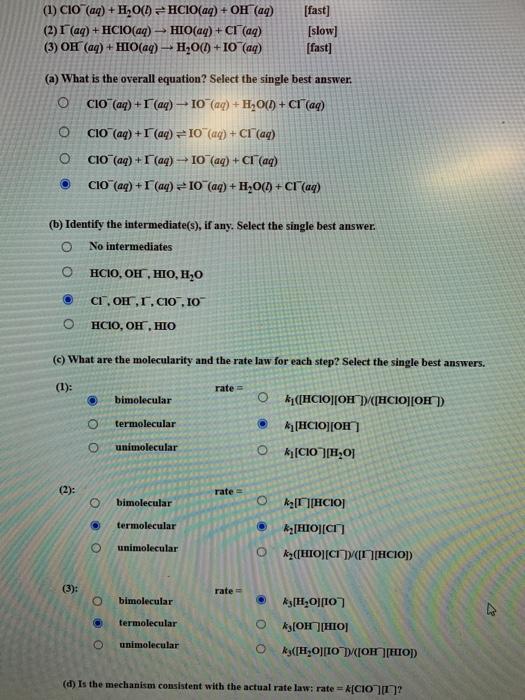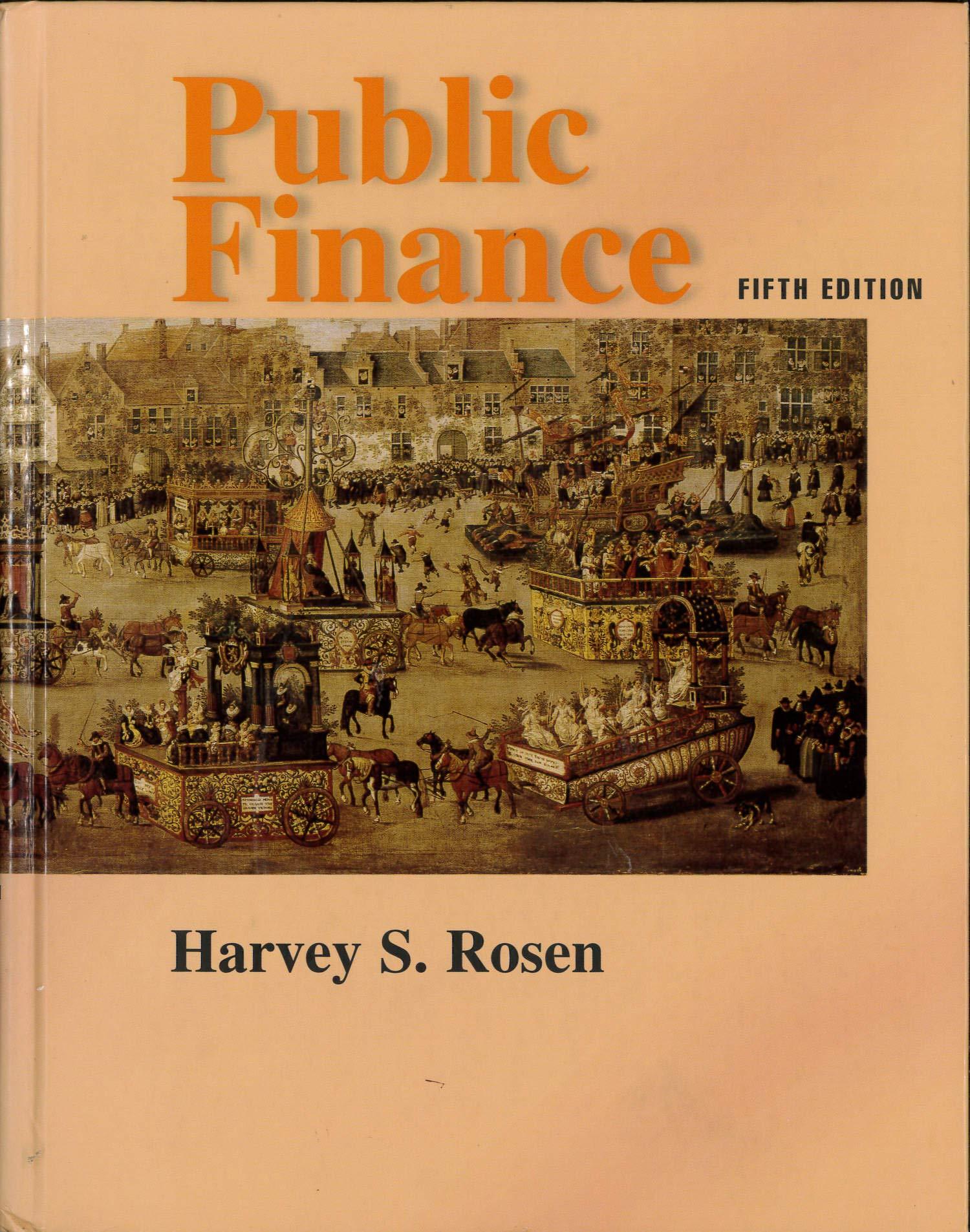Answered step by step
Verified Expert Solution
Question
1 Approved Answer
(1) CIO (aq) + H2O(1) = HCIO(aq) + OH(aq) (2)(aq) + HCIO(aq) - HIO(aq) + C (aq) (3) OH(aq) + HIO(aq) - H2O(l) +10 (aq)

Step by Step Solution
There are 3 Steps involved in it
Step: 1

Get Instant Access to Expert-Tailored Solutions
See step-by-step solutions with expert insights and AI powered tools for academic success
Step: 2

Step: 3

Ace Your Homework with AI
Get the answers you need in no time with our AI-driven, step-by-step assistance
Get Started


